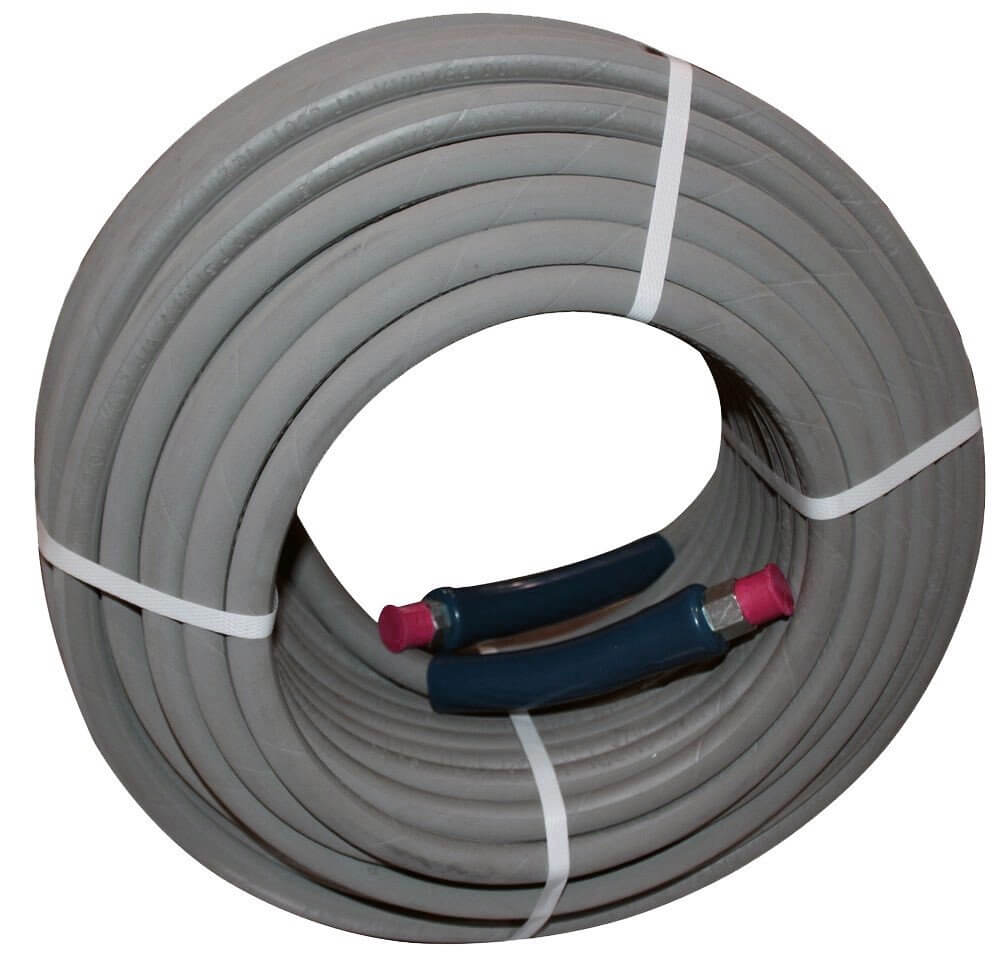Forestry mulchers are vital machines for clearing land, managing forests, and maintaining verdure or undergrowth. Their operation and efficiency depend greatly on mulcher teeth – the components forming the disc and cutting, grinding, shedding, or otherwise clearing trees, branches, and other vegetation. In 2024, there will be many innovations in forestry mulcher teeth making them stronger, more efficient, and more eco-friendly.
Improved Materials
Previously, the mulcher teeth were mostly made from steel, which was good but not the most effective option as most parts wore off quickly. It was especially painful to use mulcher teeth on rocky grounds or otherwise tough vegetation. In 2024, the manufacturers started using materials, containing a carbide and tungsten mix to make the teeth harder. Their wear and tear resistance became much greater, and they can last longer during usage trips.
Self-Sharpening Teeth
One of the main issues when applying traditional mulcher teeth is that they all grow blunt soon, which affects the efficiency negatively. In 2024, there is an innovation to start using self-sharpening mulcher teeth. They are assembled in such a way that when they go through the material, they gradually get sharper, automatically tending to themselves. It minimizes the necessity of constant maintenance and sharpening, saving the users’ time and effort.
Upgraded Tooth Design
New designs of the mulcher teeth have also been introduced. The new designs focus on better angles, shapes, and cutting edges to allow more precise cutting at a faster pace. The teeth come with more cutting edges, thus allowing cutting more robust and harder materials much quicker. It also cuts in a manner that lowers the cost of operating the machine. Fuel consumption is always an issue with forestry machines. Better cutting teeth will allow the machine to spend less energy cutting.
Environmentally Friendly Coatings
In 2024, the forestry industry is trying to become more environmentally friendly. Mulcher teeth are being coated with the new environmentally friendly coating which reduces the friction between the cutting medium and the teeth. Less friction means significantly less. The coatings are also not toxic. Therefore, when the mulcher teeth wear off after a period of use, it does not harm the environment.
Smart Monitoring Systems
There can now be several of the vast amounts of data generated by the mulcher teeth in the process of cutting down the trees. Such info as wear rate and further details disguises of that data can be centralized and turned into decisions through the new chip loading system. The chip that is used to monitor the mulcher teeth can be synchronized with the GPS to allow for real-time monitoring of the teeth. The system will always notify the user when one to and to replace a f the mulcher tooth. For instance, when there is a significant drop in the quality of the cuts.
Conclusion
The innovations in forestry mulcher teeth in 2024 are related to improved durability, efficiency, and sustainability. Stronger materials, self-sharpening designs, and smart monitoring systems are leading to more effective and eco-friendly forestry operations. In general, it is becoming easier for operators to maintain their equipment, reduce costs, and improve forestry sustainability. Overall, with such achievements, we can assume that there will be even more impressive changes in the future of forestry mulching with the development of sophisticated technology.








